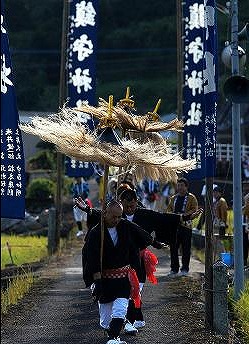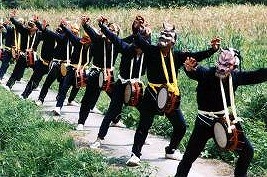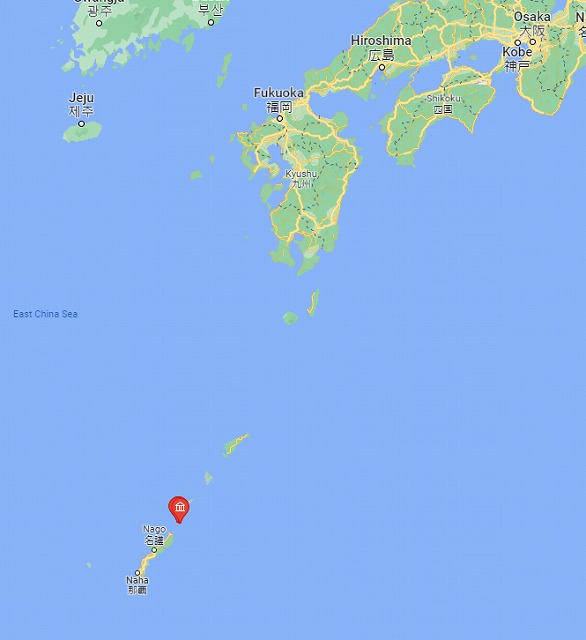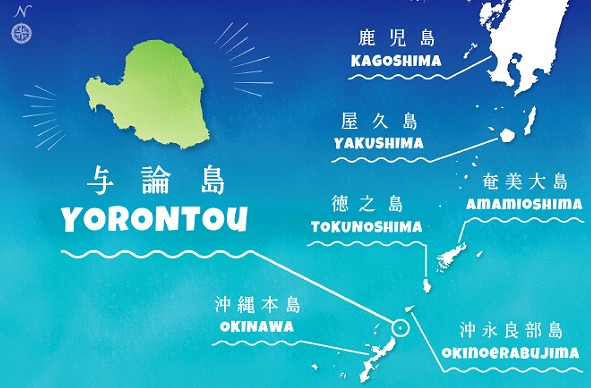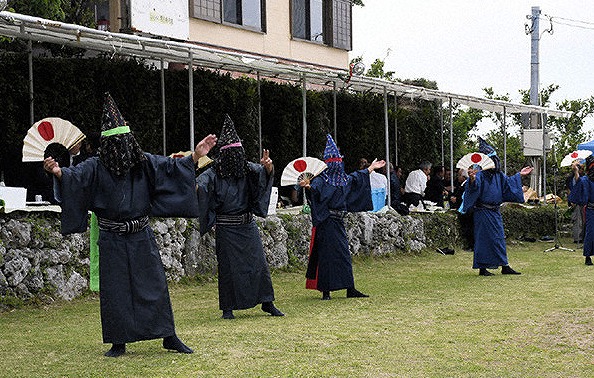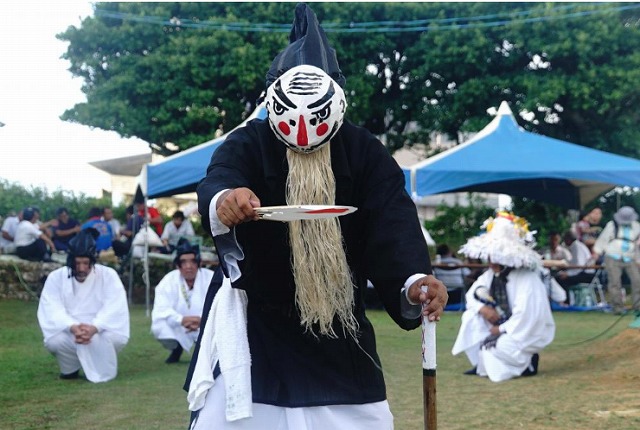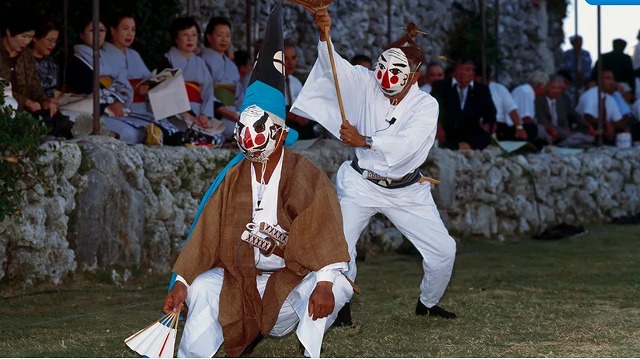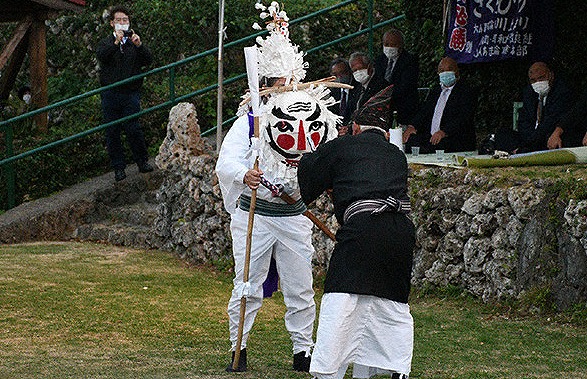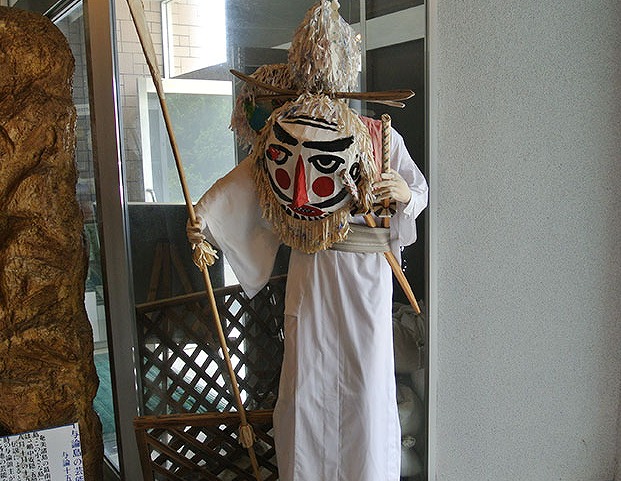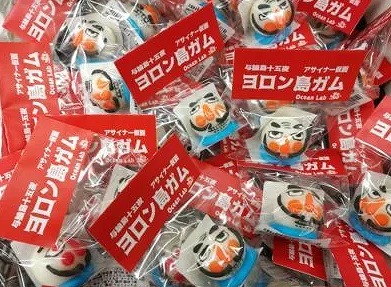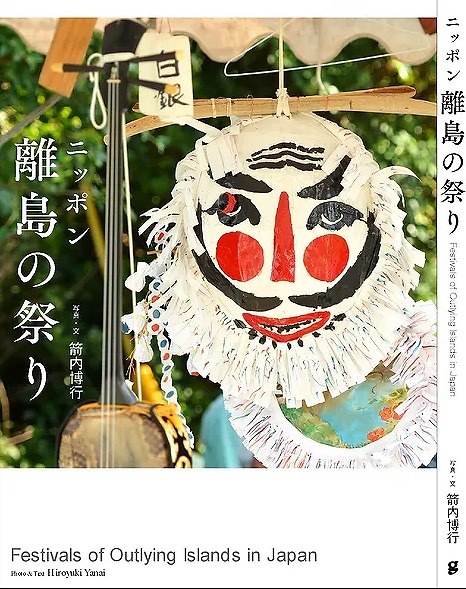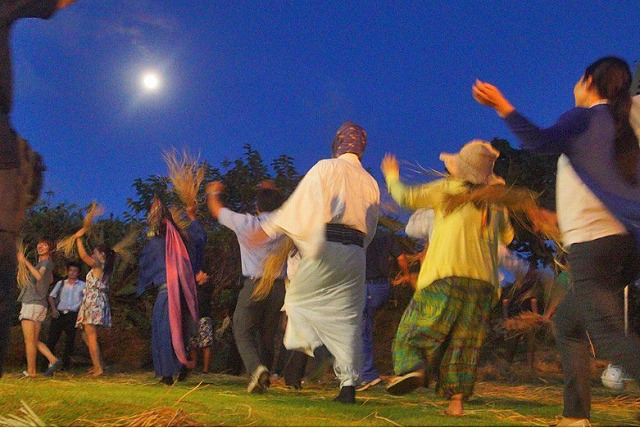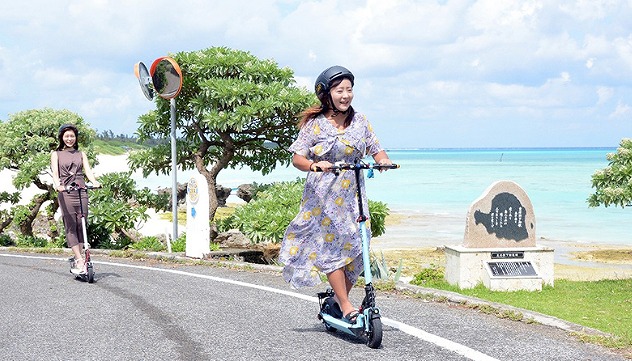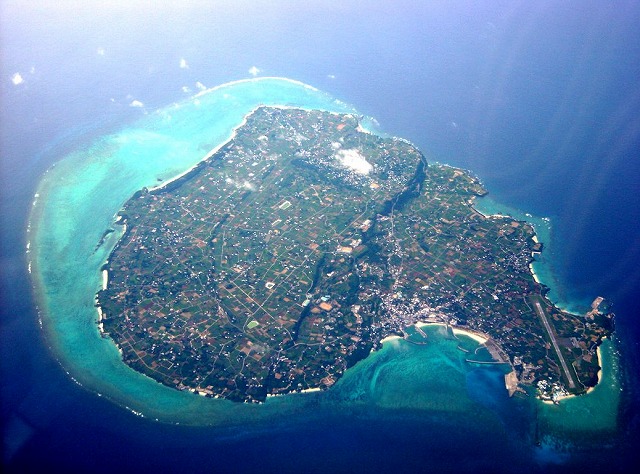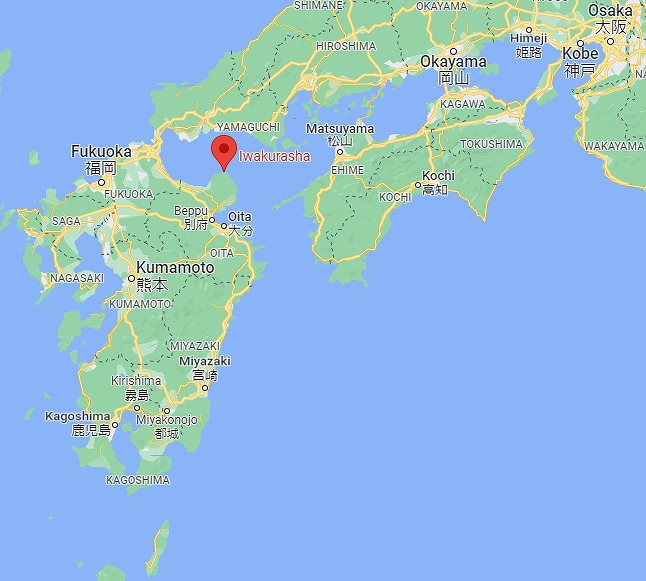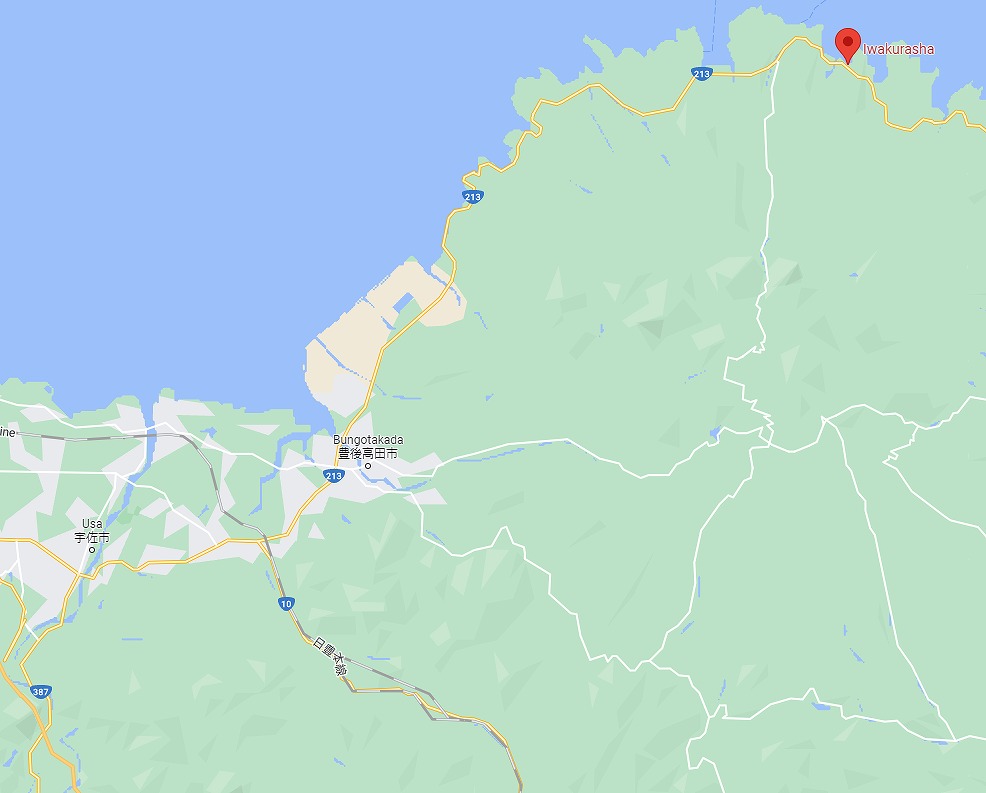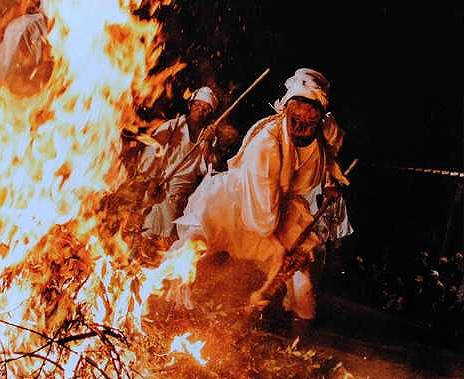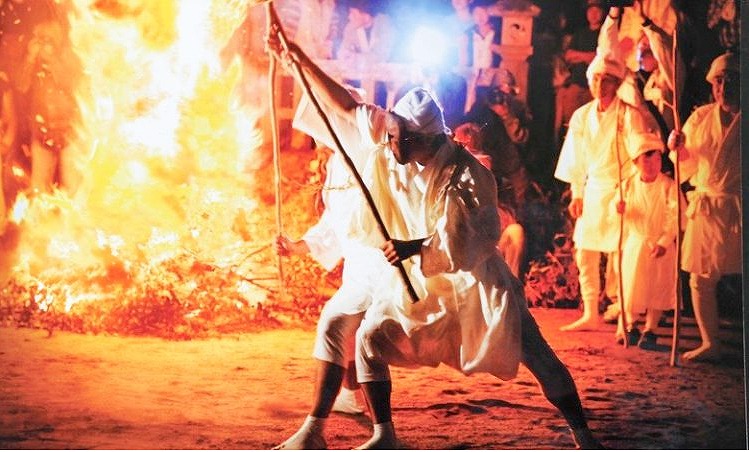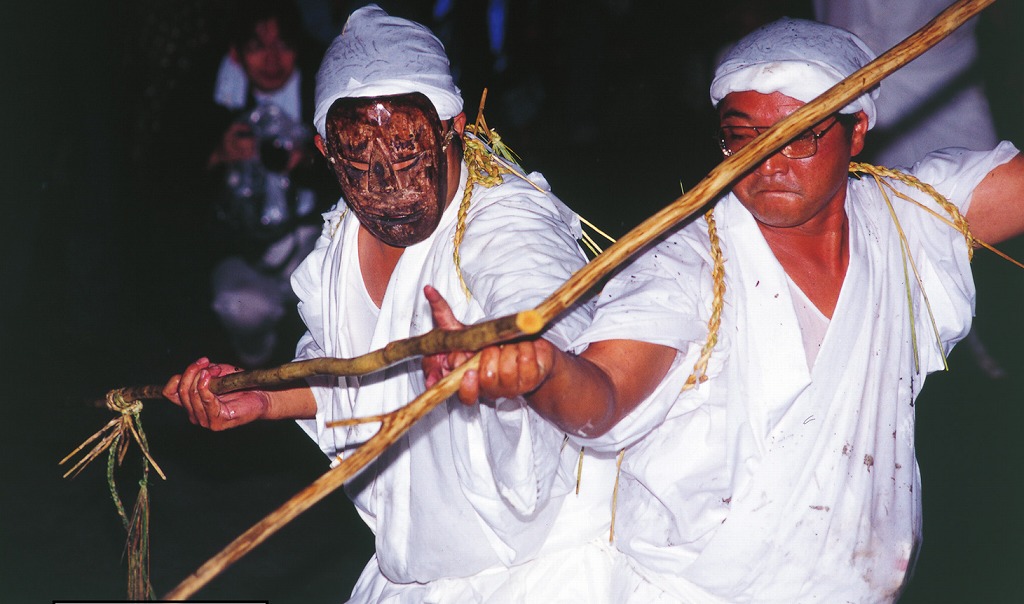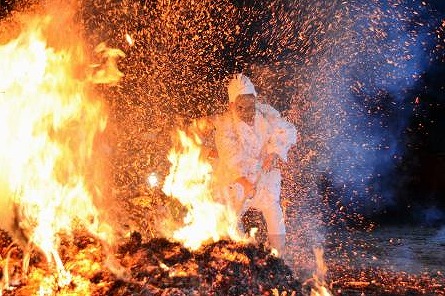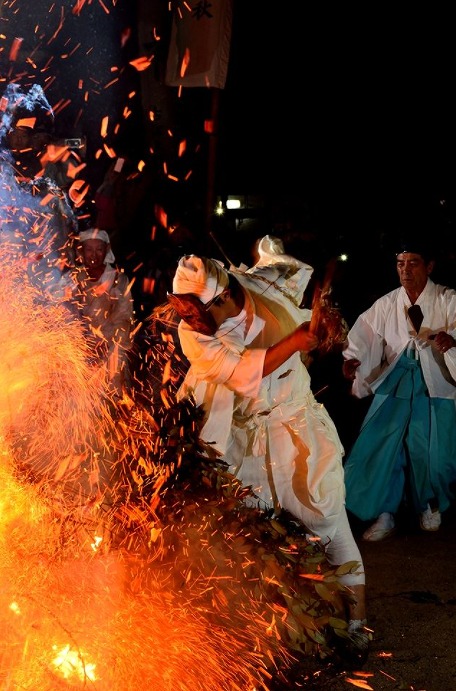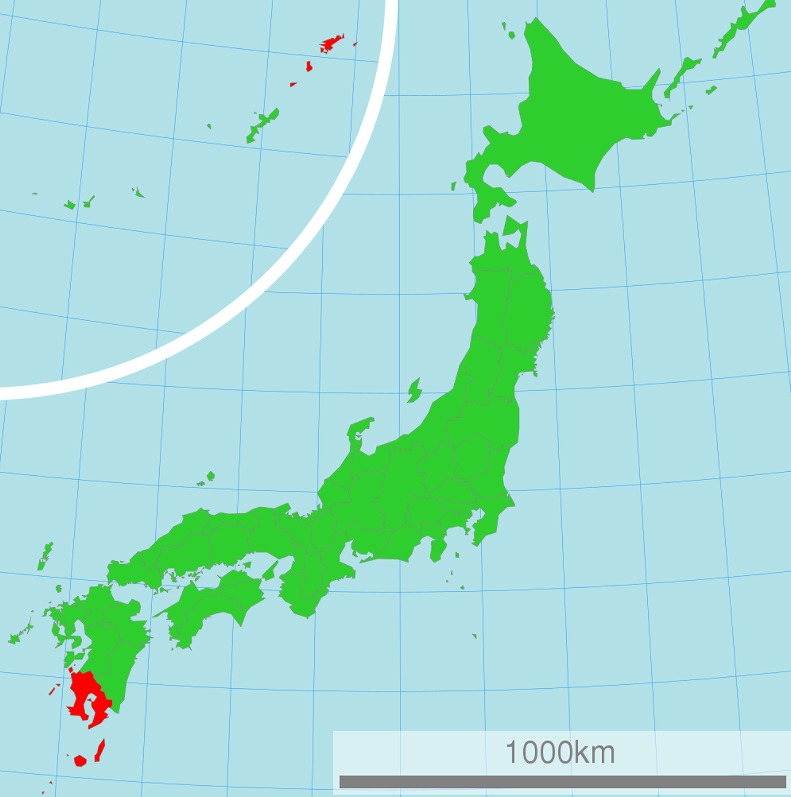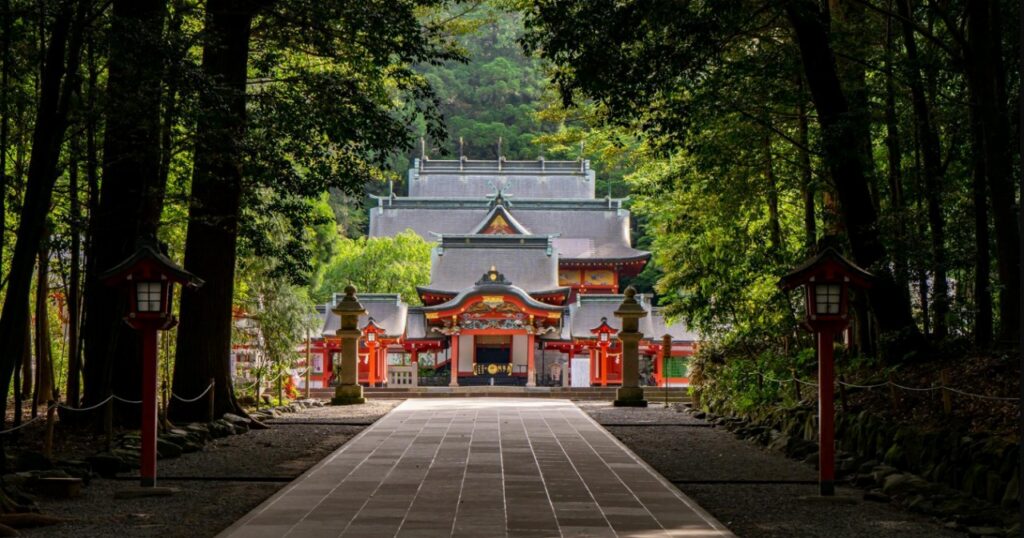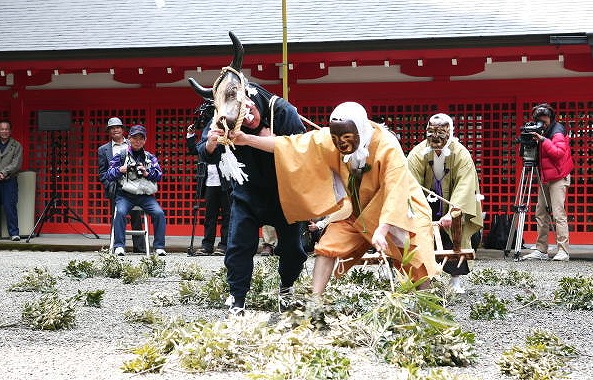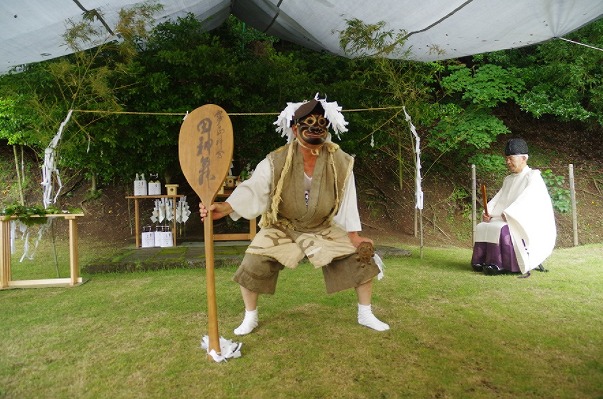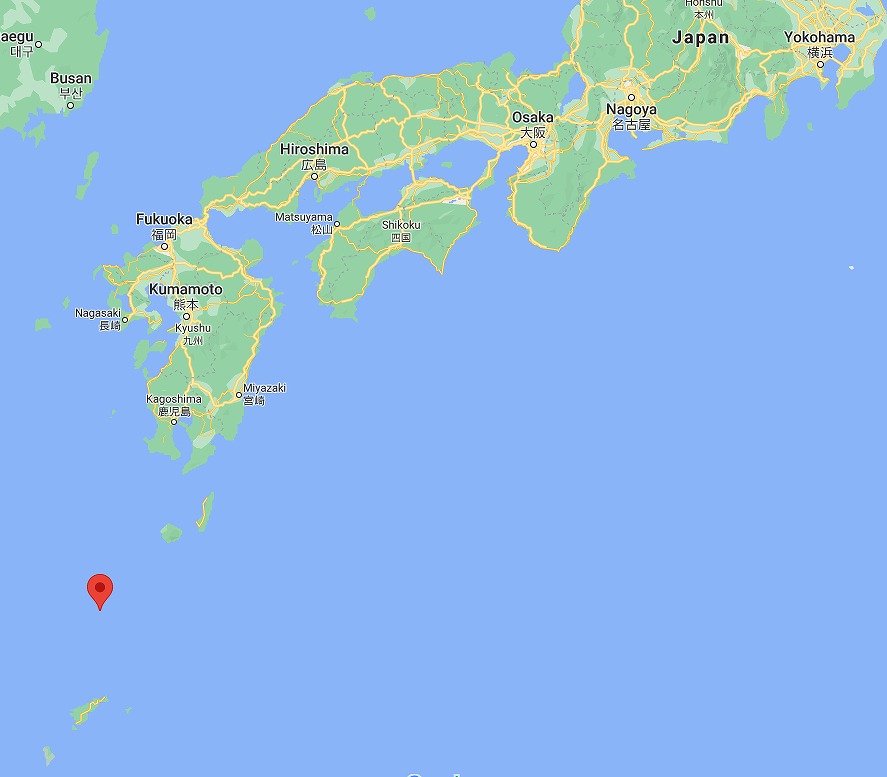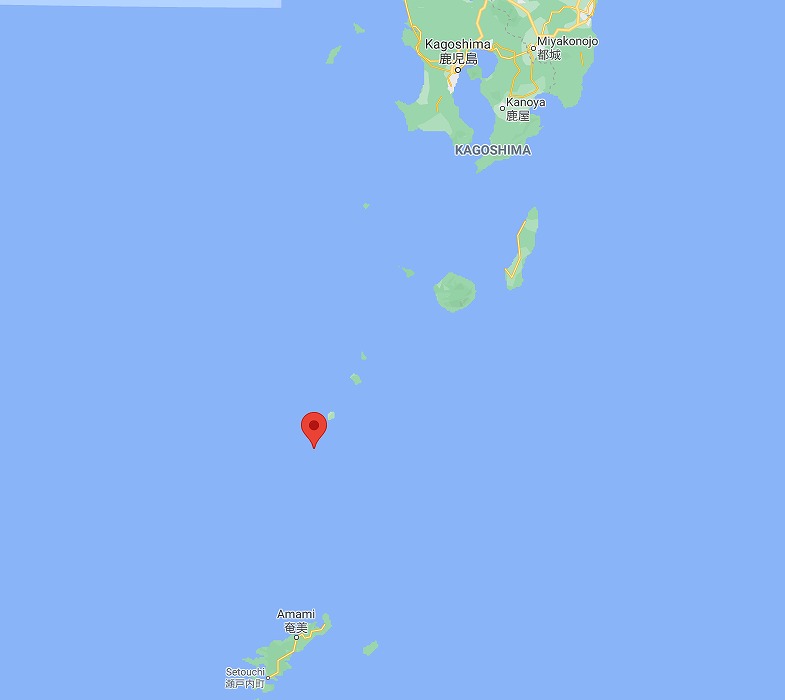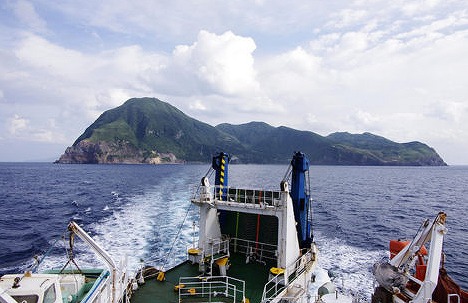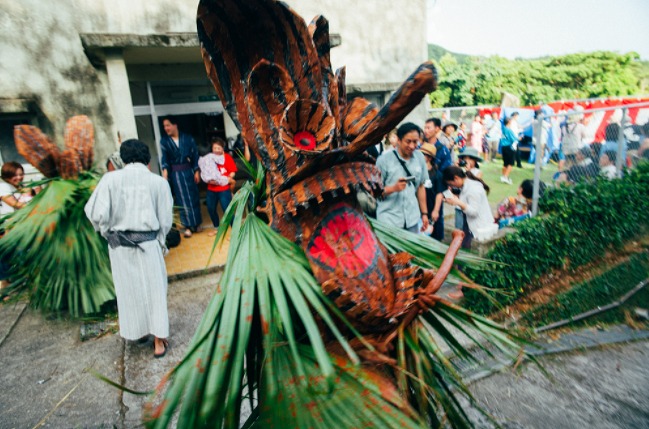Men-buryu ~Kyushu’s representative Oni dance
What is the Furyu dance?
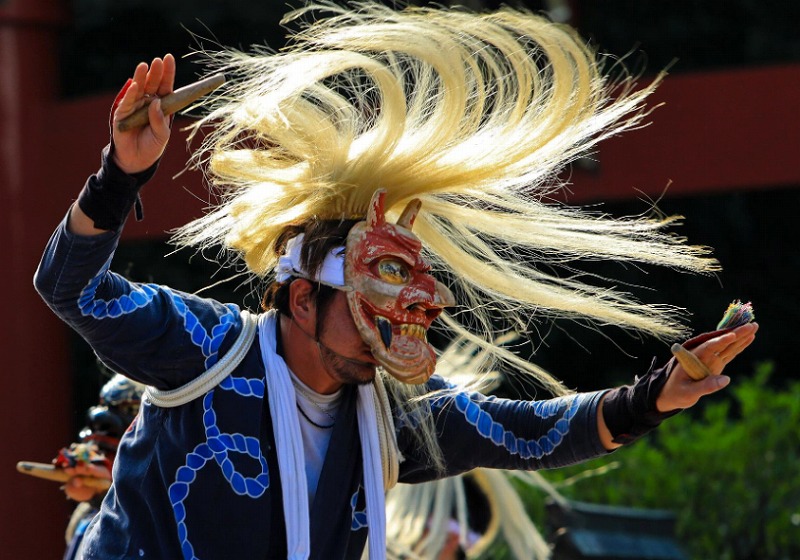
https://saga-kashima-kankou.com/feature/10928

Mem-buryu is popular in Saga Prefecture in Kyushu, especially in Kashima city. In this article, we will focus on the Nanaura 七浦 area of Kashima city, where it is most active.
Men-buryu wear Oni mask. Speaking of group dance with a mask of Oni, Oni-kenbai in Iwate Prefecture is famous, but Mem-buryu is an entertainment comparable to Oni-kenbai in the north.
The Mem-buryu is a kind of Furyu dance with Oni mask. Furyu dances is difficult to define. Because there are all over the country and each has its own characteristics. In very simple terms, it is a dance in which the dancers wear conspicuous costumes and beat drums and other instruments.
Furyu dance
*In case you are interested, here is how the Japanese Agency for Cultural Affairs defined it when it applied to UNESCO.
“Embodying the spirit of ‘fūryū’ 風流(浮立) (gorgeous and eye-catching), the folk arts are performed to the accompaniment of songs, flutes, drums, gongs and other instruments. Folk performing arts that embody the spirit of ‘fu-ryu’, or elegance and attractiveness, and are performed to the accompaniment of songs, flutes, drums, gongs and other instruments. People perform these folk arts performing to pray for disaster prevention, memorial services for the dead, good harvests, rain harvests, etc. The dance is a symbol of people’s wishes for a peaceful life, including prayers for disaster prevention, memorial services for the dead, bountiful crops and rain-making. Participated in by more than one generation of local people on occasions such as festivals and annual events.
Local people of all ages participate on festivals and annual events.”
Men-buryu 面浮立 group composition
Memburyu consists of three groups of dancers. The main character is a kake-uchi, with Oni mask, hair (or hemp) called a shaguma, and a small Taiko (Japanese drum) hanging from it. There is no set number of performers. The average number is between 20 and 30, sometimes less than 10. All are men. Next is the ‘kane-uchi’, a group of people who beat the gong (kane). They are all women and strike a single gong in pairs at the same time. They wear hanagasa hats on their heads and the most colourful costumes. And the role of the beating the Oo-taiko (big drum). In addition, there are two pairs of people called ‘torige 鳥毛 ‘. They have a stick with hemp hair on the end and pass it between the two of them as they go. This is an imitation of the processions of feudal lords in old days.
Story
‘Mem-buryu’ has one story to tell. First, the Oni challenge the god to a battle. To do so, they march valiantly towards the shrine where the god resides. Then, after the battle with the god, they are converted and dance a joyous dance. The Oni perform a dance to please the god and finally go down to the village to bring good fortune to the houses. As this story, ‘Mem-buryu’ consists of three main parts. The first is on the way to go into the presence of God. The next is the dance before the god, including the fight with the god. The last is a dance expressing joy.
And on the basis of these three parts, experts now classify ‘mem-buryu’ into three types. Those that retain the oldest form. Those that have become a completed performing art. And those that focus on the last part, part three.
Representative regions
The oldest type is from the Otonari 音成 area. In this district, the costumes are generally plain, with navy blue and yellow accents only on the strings of the drums. In contrast, the Hougaura 母ヶ浦, which belongs to the second type, wears a more flamboyant costume with a wave and anchor design. The more they change from old to new, the more entertaining they become. The masks and costume designs are slightly different in each district.
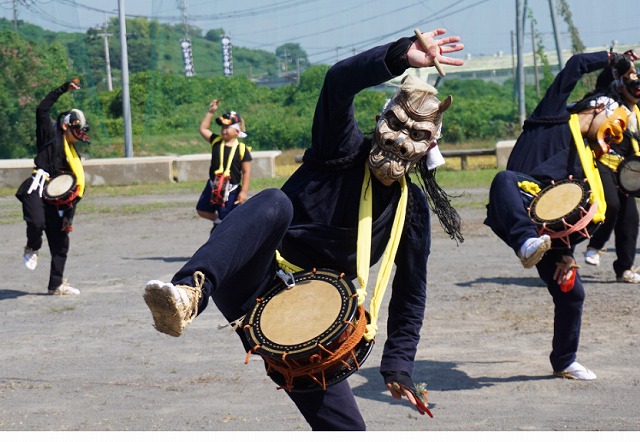
https://saga-kashima-kankou.com/feature/10928

When can we watch it? And what are the attractions?
You can see Mem-buryu in many places outside Kashima 鹿島, so the dates vary according to each region, but most of them are held in September in Kashima city , which is most lively region.
The first and best place to start is the Kashima Performing Arts Festival at the Yutoku Inari 祐徳稲荷神社 Shrine on the second Sunday of September. On this day, you can see not only Mem-buryu but also other traditional performing arts. →https://saga-kashima-kankou.com/en/event/4256
In the morning of the same day, Mem-buryu is held at 3 shrines nearby. The group of many Oni moving along the paths through the golden fields of harvested rice is a unique sight in the area and attracts many photographers and tourists. But it’s a shame that you can’t see all of them because they are at similar times.
The Sake Festival at Hizen-hamajuku in late March is also a good opportunity. This area has retained its old townscape and has been designated by the national government as a conservation area. There are three sake breweries here, which open their warehouses at the same time and hold sake tasting events. Performing arts such as men-buryu are also performed at the same time. →https://saga-kashima-kankou.com/en/event/14439
We must not forget that this season also marks the beginning of Japan’s most brilliant cherry blossom season.
Welcome to Saga
Saga prefecture is not that big. There are many sightseeing spots scattered in a small area. Hizen-hamajuku is a nationally designated townscape that makes you feel old Japan. It is also a pottery kingdom, and there are many famous places such as Arita, Karatsu and Imari. The Yoshinogari ruins are ancient ruins that shocked Japanese people when they were opened to the public.
It is also very accessible, less than an hour by train from Fukuoka, the center of Kyushu.

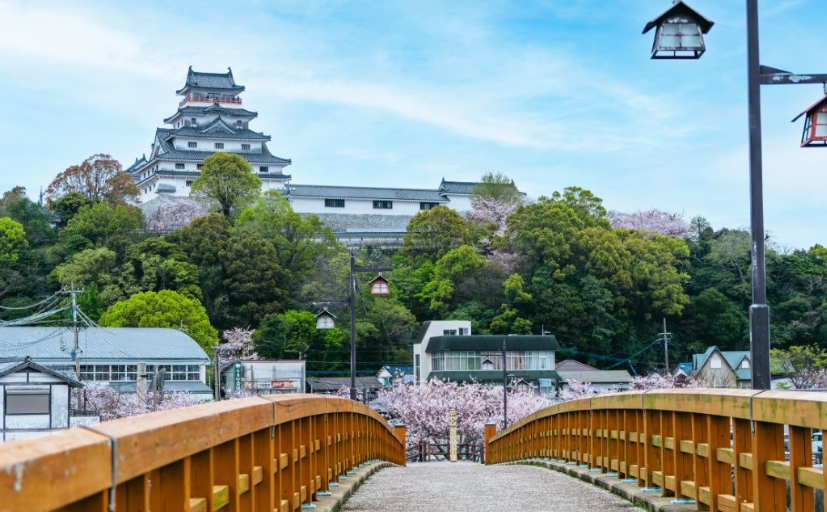
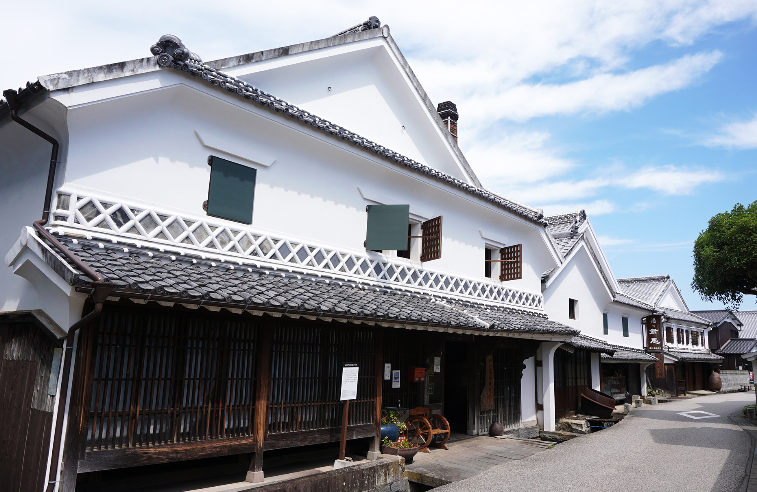
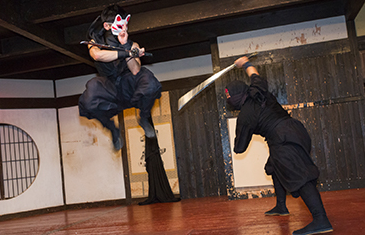
https://saga-kashima-kankou.com/spot/1114 https://www.hizenyumekaidou.info/attraction/#watch

